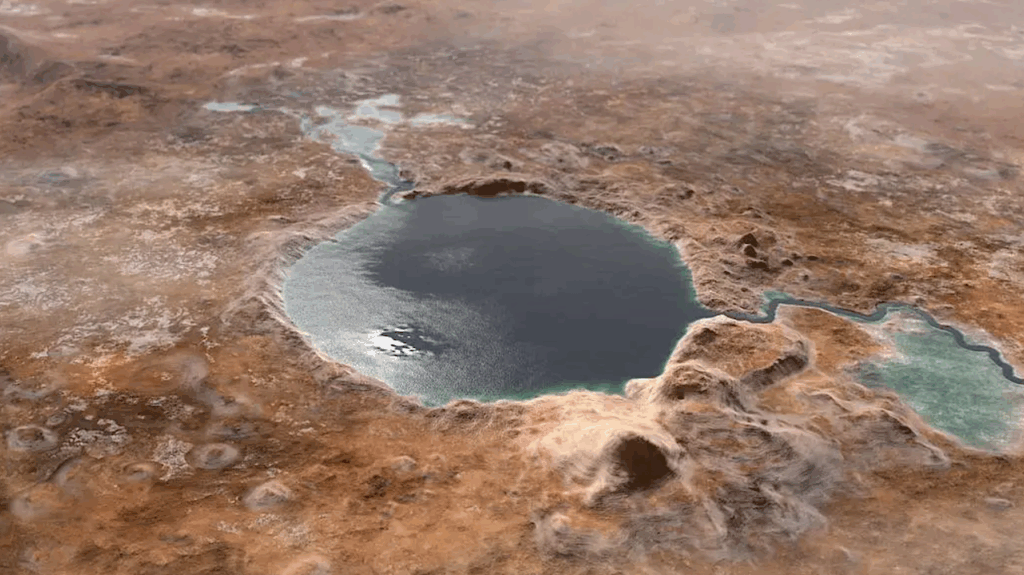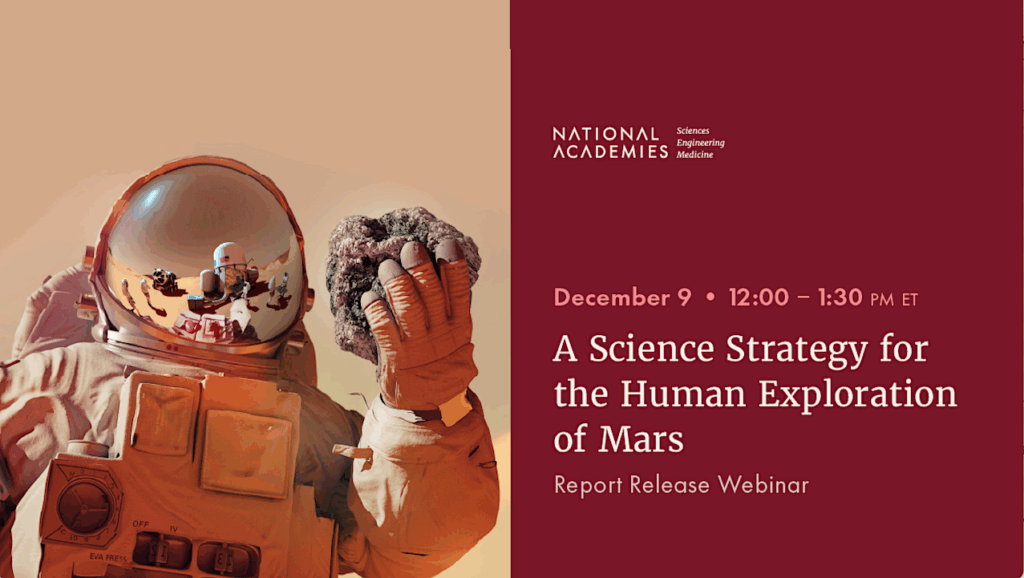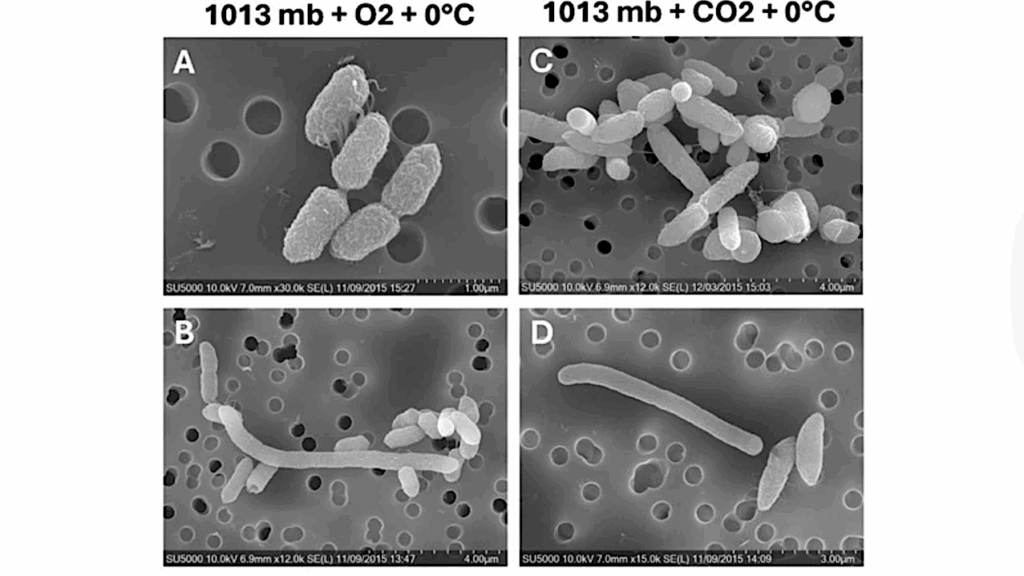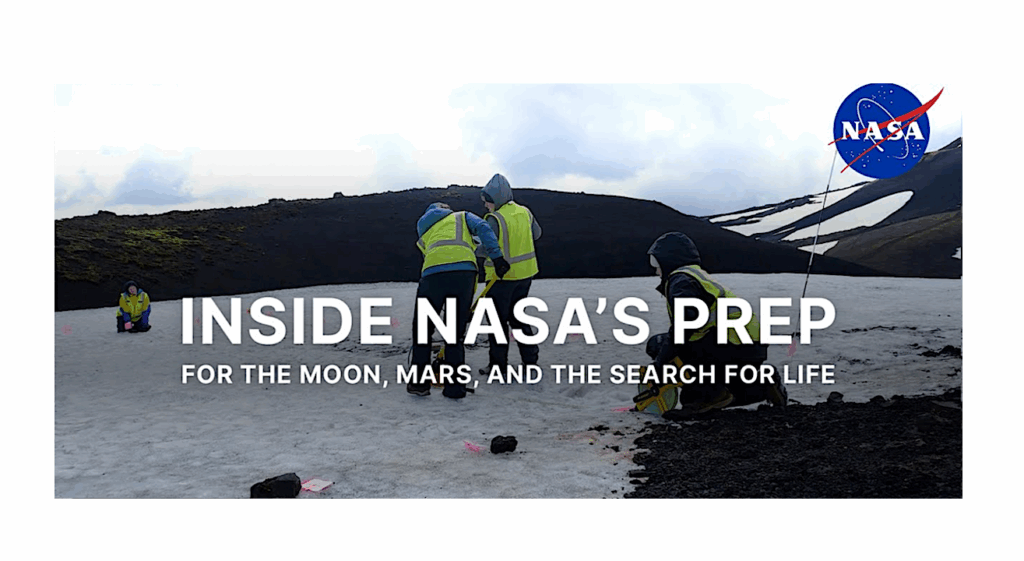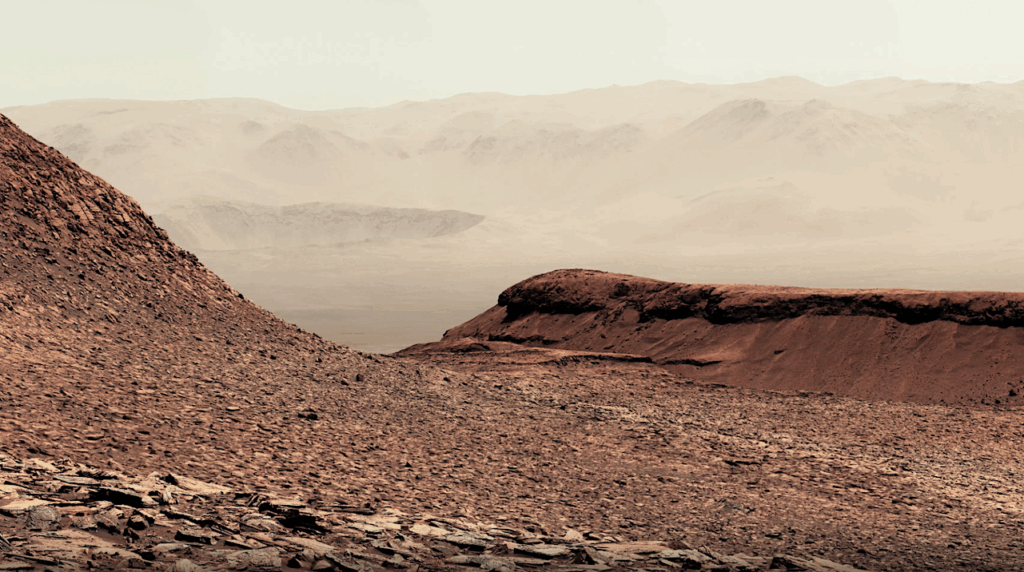Landing Site Workshop for Future Mars Missions
The purpose of the Landing Site Workshop is to begin to identify and evaluate potential landing sites for future Mars missions presently under study. This would focus on sites best suited to achieving science objectives as defined for a possible 2018 joint rover mission, which would conduct in-situ science investigations including drilling and cache samples for possible return to Earth and subsequent analysis within the constraints imposed by engineering requirements, planetary protection requirements, and the necessity of ensuring a safe landing.
The preliminary scientific objectives for the possible 2018 joint rover are being defined (subject to change). It is expected that the rover would land at a geologically diverse site interpreted to have strong potential for past habitability and for preserving the physical and chemical signs of life and organic matter. The rover would 1) analyse the local geology and define the local stratigraphy at km to sub-mm scales and down to ~2 m depth; 2) evaluate the nature of past habitable environments at the landing site, and search for evidence of abiotic, or pre-biotic carbon chemistry; 3) investigate favorable geological materials for preserving biosignatures at the site and analyse them for physical or chemical signs of life; and 4) select, document, collect, and cache samples that could be returned to Earth for definitive analysis. Cached samples would be selected to address the following broad science goals in order of priority: a) critically assess evidence for life, pre-biotic chemistry, or abiotic organic matter in samples and determine their preservation potential; b) determine the magmatic, magnetic and atmospheric history in samples to constrain the mechanisms and ages for the accretion, early differentiation and thermal evolution of Mars; c) reconstruct the history of surface and near surface processes and climate change using detailed geochemical and mineralogical analyses; and d) assess potential hazards and resources for future human explorers.
An ESA/NASA-appointed Landing Site Steering Committee will use the results of the workshop as the basis for establishing a list of potential landing sites for study. Community consensus with respect to high priority sites will also be solicited. The goal is to gather information on candidate landing sites and develop a list of high priority candidates for future joint missions in a timely manner utilising instruments on the Mars Reconnaissance Orbiter (MRO) while it is still operating. Candidate sites are also to be provided to the Mars Odyssey and Mars Express teams.
The workshop will be held during February 29 to March 2, 2012, in the Washington, DC area, and will be preceded by MEPAG #26.
Points of Contact: John Grant, Matt Golombek, and Nicolas Mangold, Co-Chairs, Mars Landing Site Steering Committee
Source: NAI Newsletter


